Last updated on February 27, 2024

Wingmantle Chaplain | Illustration by Miranda Meeks
Dominaria United is a format that some players critique for feeling like an advanced Core Set. I suspect the reason for this is that the archetypes built into it are pretty loose.
According to the official descriptions on Arena, Azorius () is “fliers tempo” and Dimir () is “control,” just to name a couple examples. These aren’t tight themes. DMU features several rares that ask you to build around a specific tribe, but almost all of those are completely unsupported by the rest of the set (shoutout to soldiers as an exception).
There are a number of cards in the set that care about how many creatures you have with defender, and that theme presents itself pretty loudly in a set that’s generally so loose and open ended. So what should you do with it?
Dominaria United's Format Context
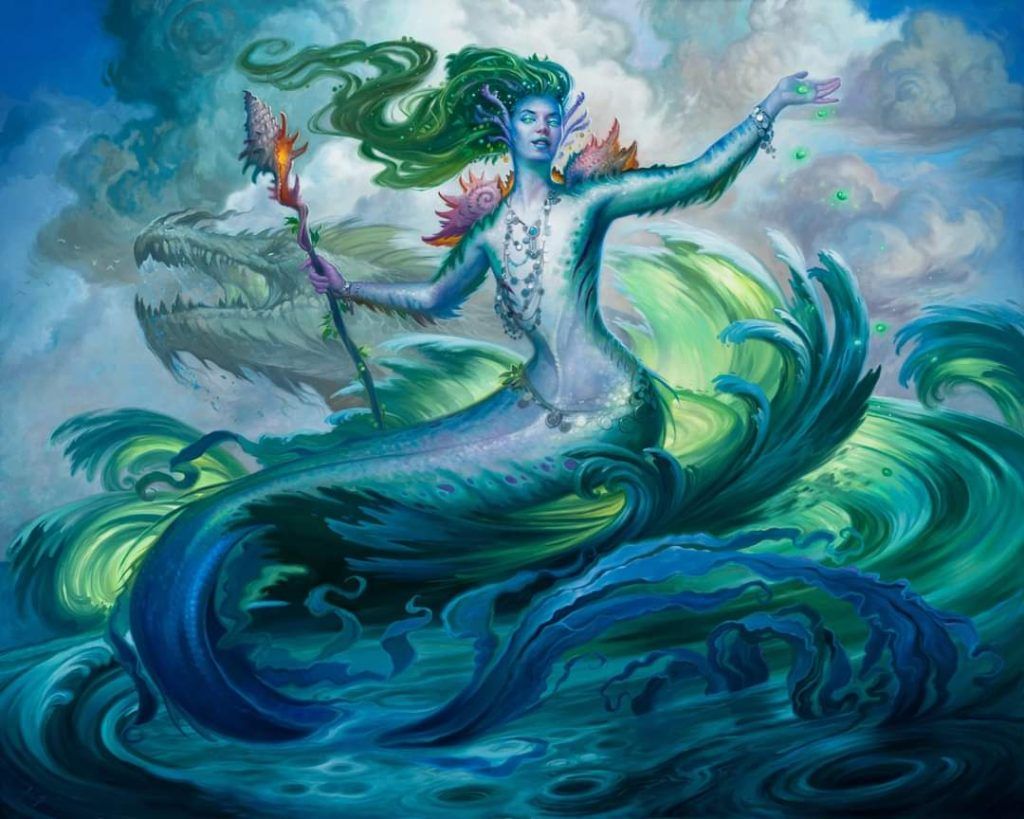
Tatyova, Steward of Tides (Dominaria United) | Illustration by Howard Lyon
First you need to understand what we’re looking at with defender cards in Dominaria United. Every color except red has one common defender and there’s one common artifact with defender, so there are five common creatures with defender. There are also uncommon defenders in white, blue, black, and another colorless artifact. All of the uncommons give you some kind of path to victory, while all the commons (except the white one) give you some way to get more cards.
The incentives here are pretty clear: Wingmantle Chaplain, Coral Colony, and Blight Pile all count how many defenders you have. Your goal if you want to maximize those cards is to accumulate defenders.
This is the setting. These are the baseline facts about the cards that are obvious from reading them. What matters is how these cards fit into the format, how good they are, and how to use them.
Let’s start with how they fit into the format.
Mana Is Easy to Spend
Dominaria United is a format where mana is very easy to spend. There are more cards than normal that draw cards or with activated abilities that cost mana, more tapped dual lands per pack than any other set (which eat into your total available mana), and a lot of cards with kicker that can use extra mana.
The result is that abilities that cost mana are generally harder to use than you might expect because so many things are asking for your mana. This mean that cards that ask for mana every turn and don’t really advance your game plan in the process, like Clockwork Drawbridge, are worse than they would be in other formats.
This is also a format with some focused fast decks as well as some slower decks that tend to play more colors are very good at spending mana throughout a long game. The aggressive decks tend to either use a lot of fliers, a lot of tokens, or big creatures with trample or combat tricks.
The Average Defender Is Poorly Positioned
Defenders don’t actually line up especially well against any of those things. They don’t have reach so they can’t block fliers, most of them don’t have power so they don’t block tokens well, and all of them are small enough that they’ll die to almost any combat trick if they block almost any creature, or they’re not big enough to live through blocking most of the larger creatures in the format. This means that defenders aren’t that great at prolonging a game.
So what’s going on here? Am I just writing this to tell you that the defenders have abilities that are worse than they look, their bodies don’t block well, the cards are low impact and low pressure so control decks go over top of what you’re doing, and your deck sucks? That these are a handful of cards you shouldn’t touch? Is my advice about drafting defenders really just “don’t”?
Of course not. But also, yes. You should not build a deck around Blight Pile, Coral Colony, or Walking Bulwark.
Build Around Wingmantle Chaplain Instead
Wingmantle Chaplain is another story.
Wingmantle Chaplain

Wingmantle Chaplain is the strongest an uncommon has ever been relative to the other cards in its Limited format, ever. It’s among the best cards in Dominaria United.
The rest of the defenders support the Chaplain very well. They’re low opportunity cost to play because so many of them naturally give you more cards, and this card itself lines up very well both with and against the other cards in the format. Creating a lot of birds really solves your matchup against fliers, tokens, and control decks but can still struggle with big trampling creatures.
Can you really draft an archetype around a single card when that archetype is horrible without it?
Yes, thanks to Shield-Wall Sentinel.
Shield-Wall Sentinel

Shield-Wall Sentinel is the best common you can have if you have Wingmantle Chaplain, and it’s almost entirely unplayable if you don’t. This is perfect if you have it because most players won’t so they’ll pass it, and you can expect to have most of the Sentinels that are opened at your table. They can find your Chaplain so you can actually expect to cast it in most of your games with just a little work.
That’s a good start, but with the way that I draft when I have Wingmantle Chaplain, I suspect that the average number of Chaplains I cast per game where my deck has the card is more than once. That’s not because I’m lucky enough to have multiple copies most of the time, it’s because I cast it two or more times in the same game more often than I fail to.
On top of being easy to find, it’s also easy to get it back into your hand and cast again to get its ETB trigger multiple times. I usually either bounce it with Tolarian Geyser, block with it, or sacrifice it and get it back with Urborg Repossession, but there are a lot of other cards that also let you do that.
Actually Drafting the Deck
So let’s assume it’s true that there isn’t a defenders deck so much as there’s a Wingmantle Chaplain deck that uses defenders well. How are you supposed to draft knowing that? Do you just warp your draft around the Chaplain whenever you open it and ignore all the defenders otherwise? What do you do if you see the Chaplain later in the Draft, and when is it too late to pick it up?
There are two possible scenarios. Either you have Wingmantle Chaplain, or you don’t.
Scenario 1: You Have Wingmantle Chaplain
If you have Wingmantle Chaplain then you should try to make it work for you, but you should still proceed with caution. Don’t just take every creature you see with defender.
If you have multiple Chaplains or Sentinels, you might get to the point where you really just want every possible defender. But you don’t want to take weak defenders over strong cards before you have Sentinels to find your Chaplain, because you’ll end up with a deck that’ll lose if you don’t naturally draw your Chaplain.
Remember that creatures with defender probably aren’t a priority for the rest of the table, and you might be better off not fighting for most of them if they are.
One of the most famous stories of a team cracking the code and breaking a format for a Pro Tour was when “The Sliver Kids” won the Two-Headed Giant Limited Pro Tour by drafting slivers. The key to their success wasn’t just that they figured out that slivers were great in the format and that they could consistently force them, it’s that they also figured out that they didn’t need to spend their highest picks on most slivers and could take almost every removal spell over them. This meant their decks had the answers they needed and that their opponents wouldn’t have removal for their slivers since they were playing against the people they drafted against.
A similar lesson and mindset should be applied here. Yes, you want defenders, but that doesn’t mean you want to take them highly. You can prioritize other cards and get them later.
What Cards to Prioritize
So which cards should you prioritize instead? Well, you’re drafting a control deck where most of your creatures are defenders.
You want the usual support for control decks (card advantage and removal) with a particular emphasis on cards that let you get your Chaplain back in your hand. You also want to play a lot of colors to have access to all the good defenders and removal, so you should prioritize lands and other fixing over creatures with defender.
Notably, because walls and birds are worst at blocking large creatures and Wingmantle costs white mana anyway, Destroy Evil is often going to be the best common removal spell. You should prioritize it very highly. You’d also be happy to play multiples.
Your prioritization of commons and uncommons should look something like this:
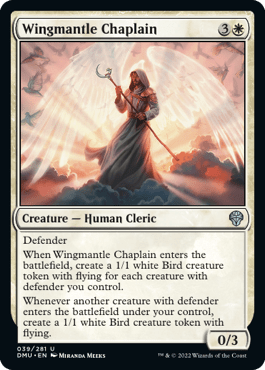
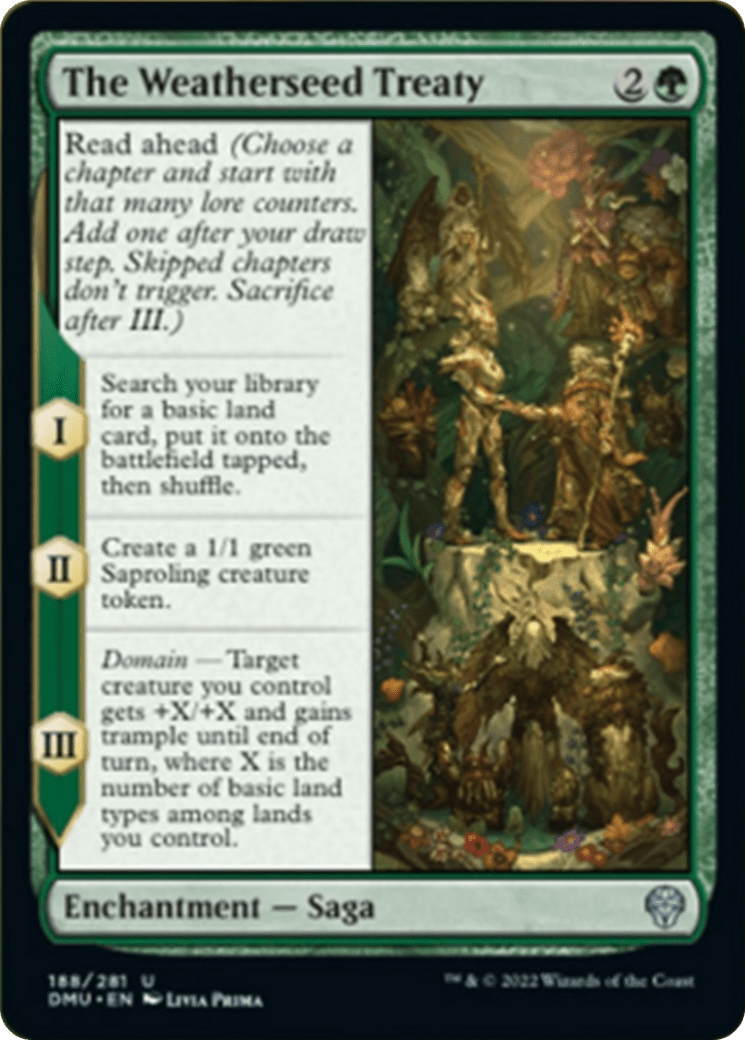


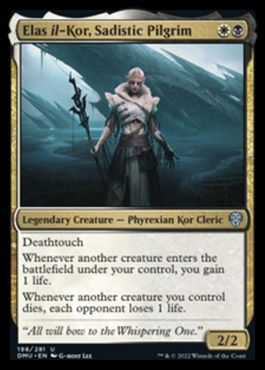
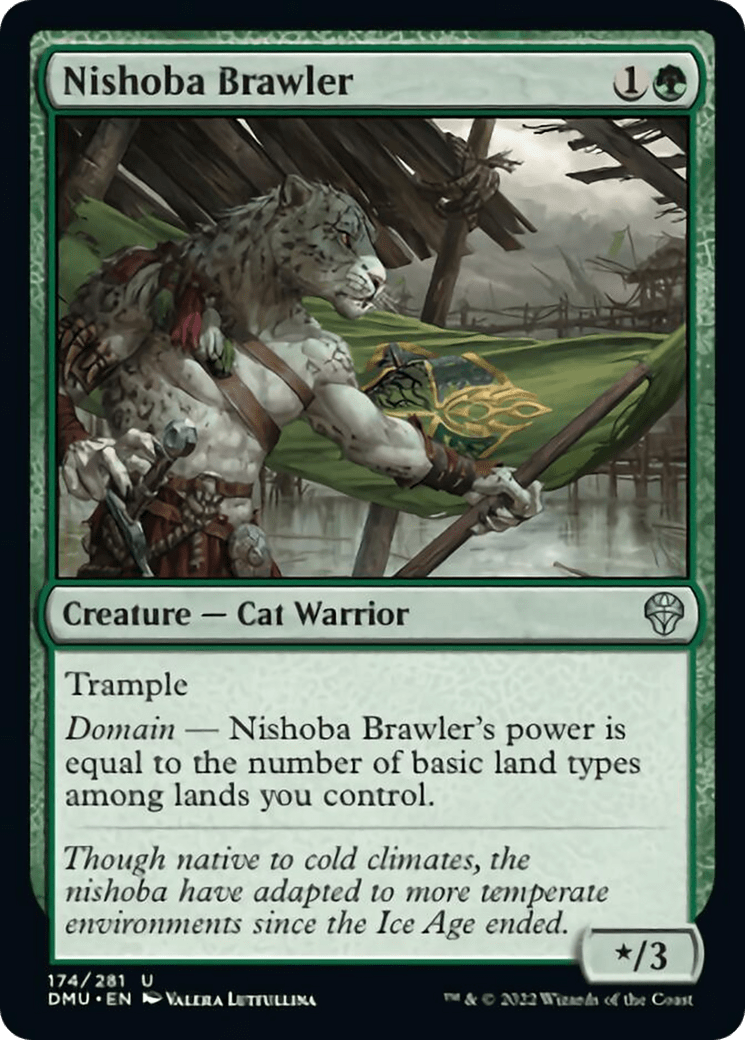
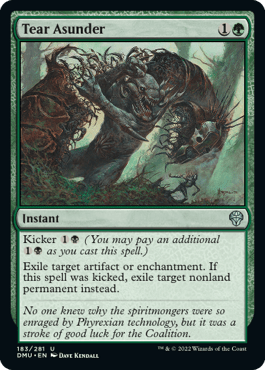

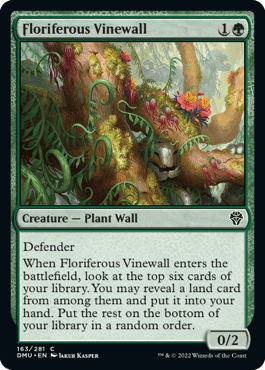

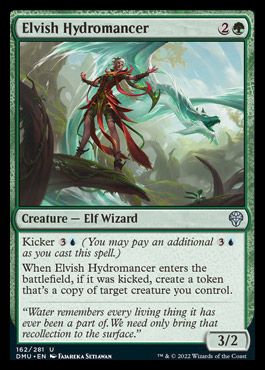


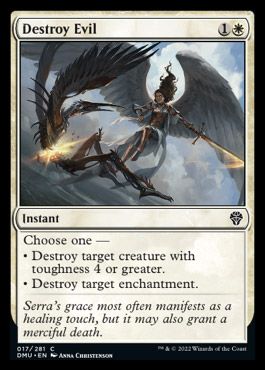
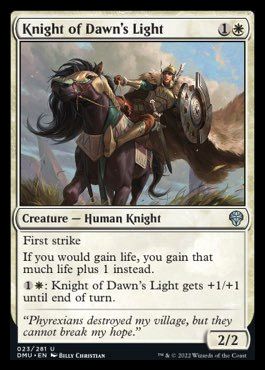

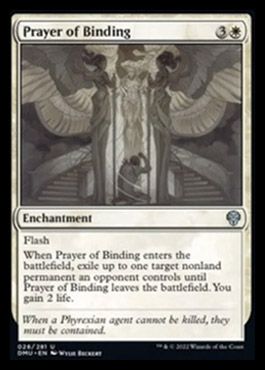
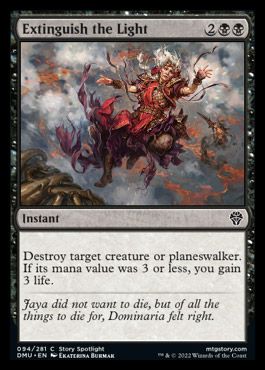
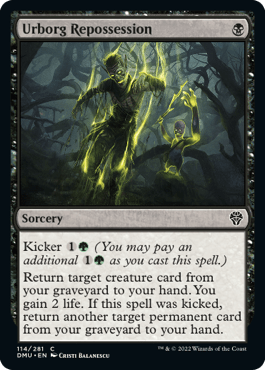
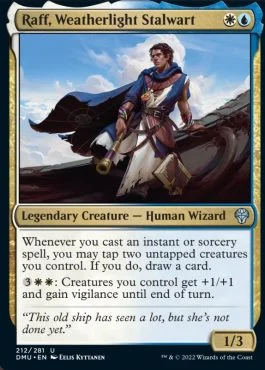
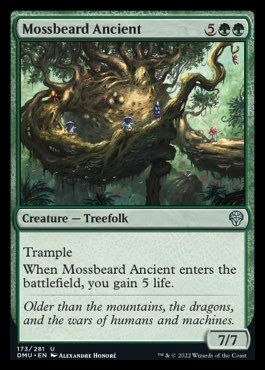
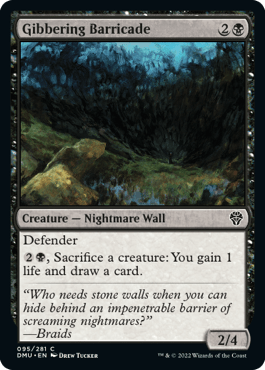
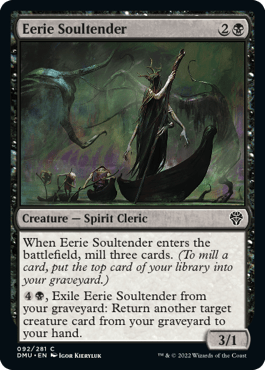


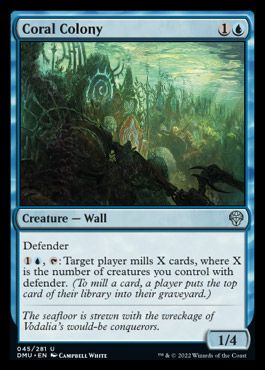
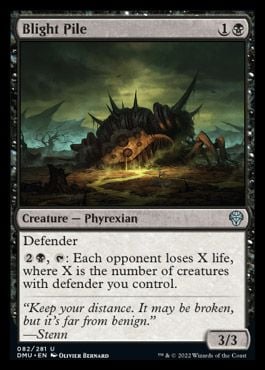
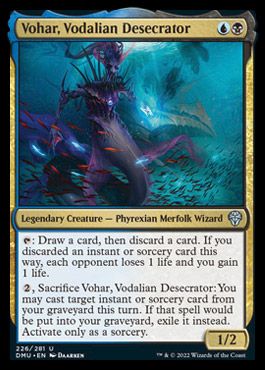

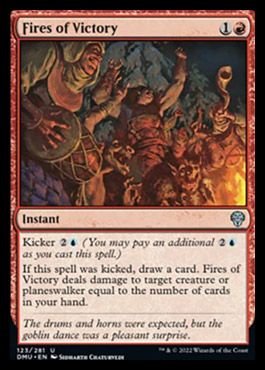
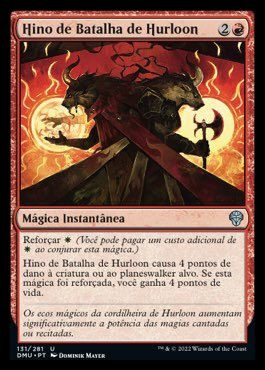
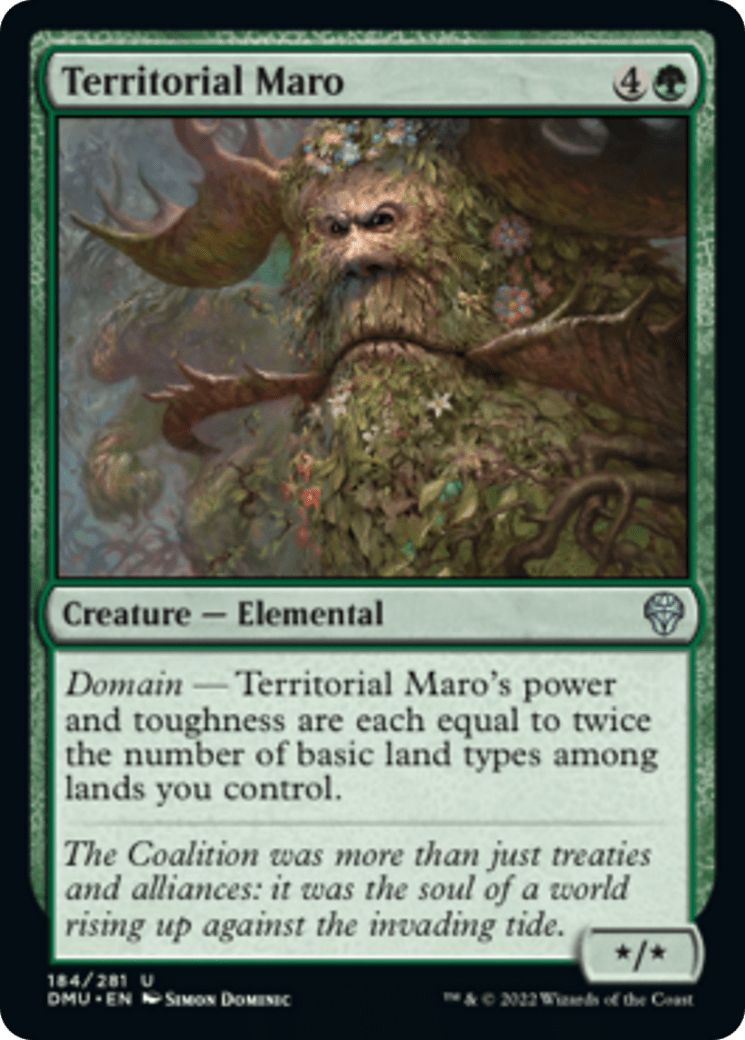

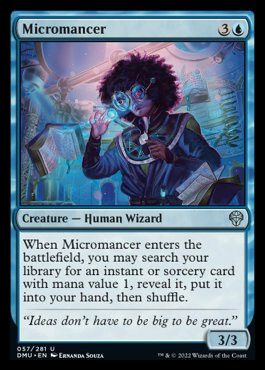
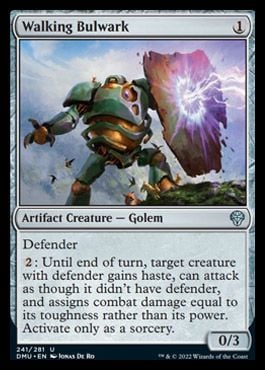
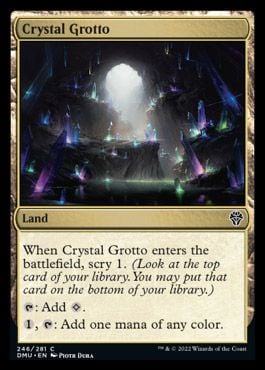

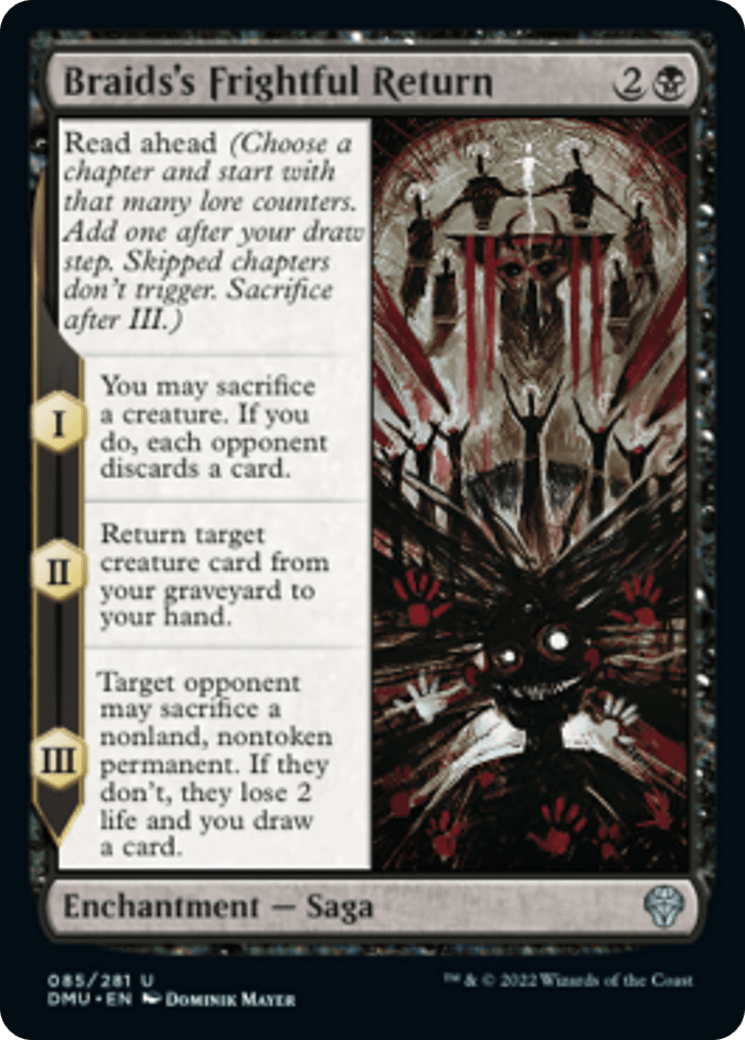
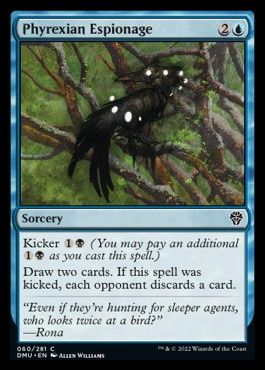
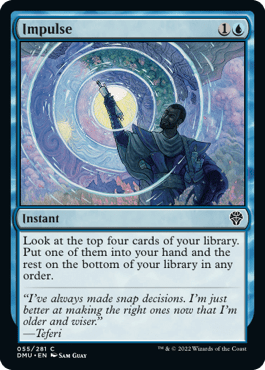
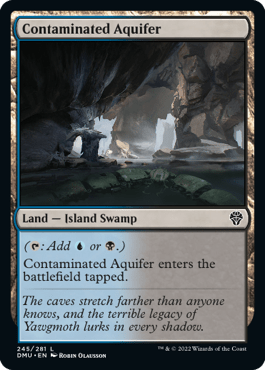
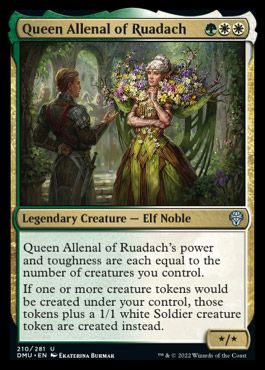
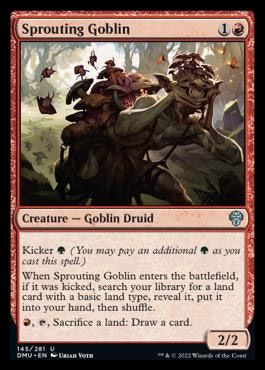
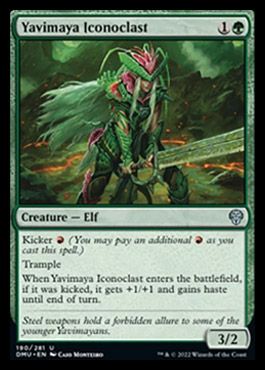
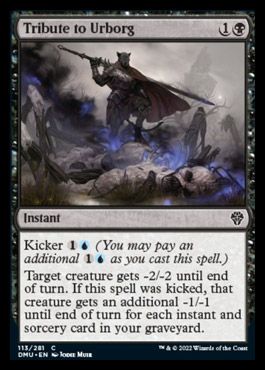
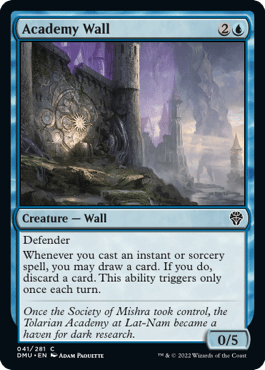
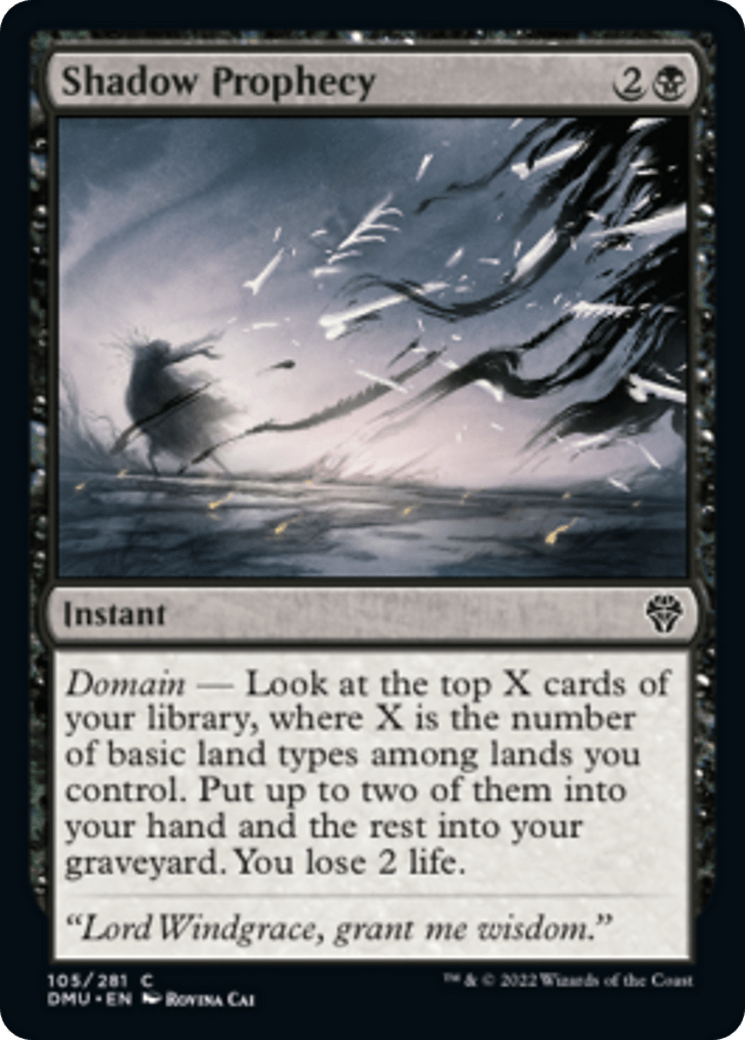
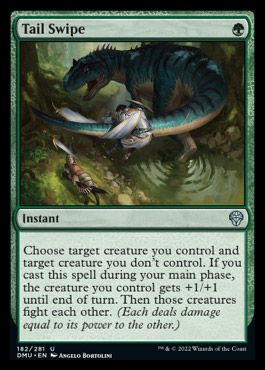
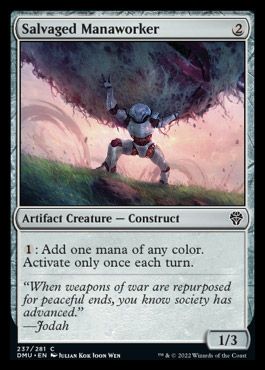
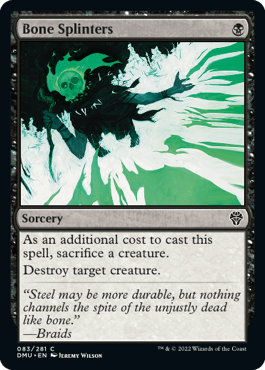
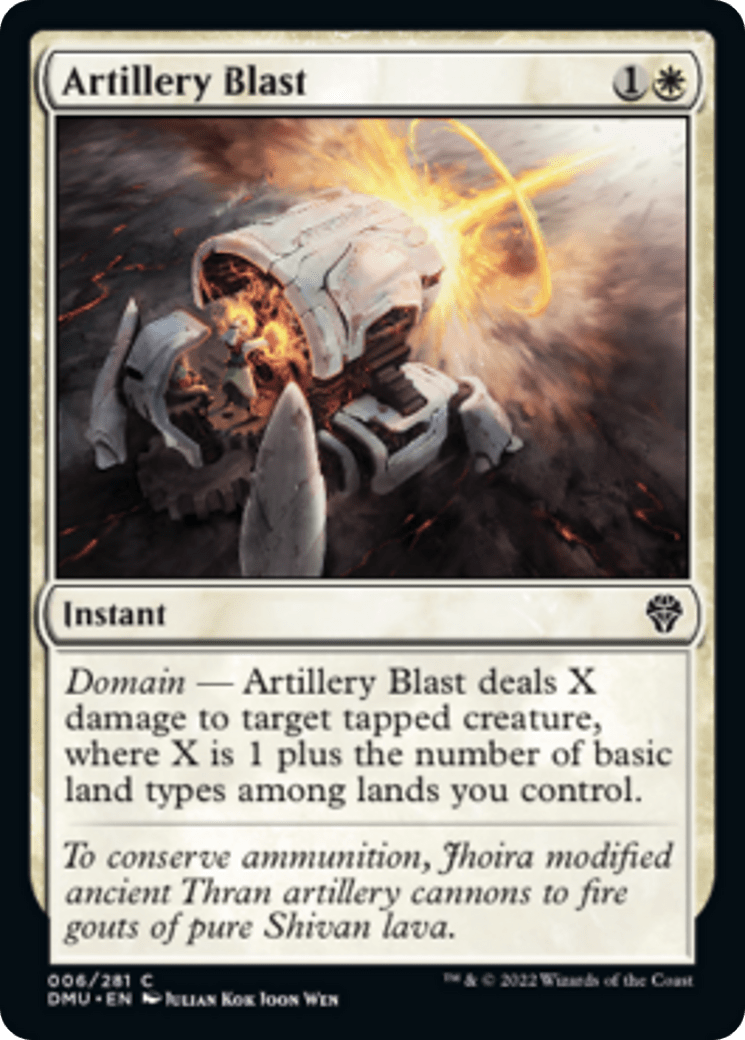

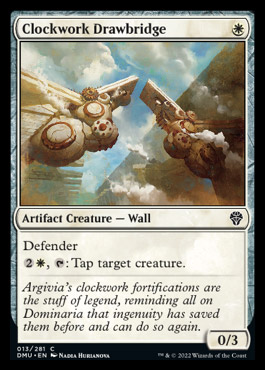

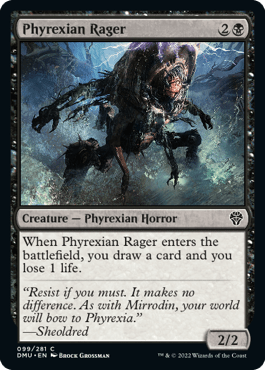
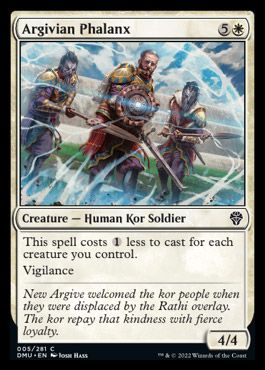
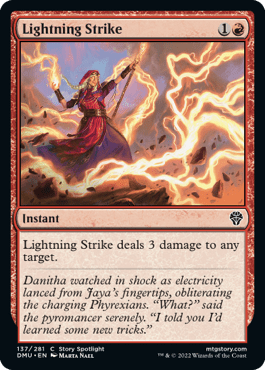
- Wingmantle Chaplain
- The Weatherseed Treaty
- Tatyova, Steward of Tides
- Phyrexian Missionary
- Elas-Il-Kor, Sadistic Pilgrim
- Nishoba Brawler
- Tear Asunder
- Shield-Wall Sentinel
- Floriferous Vinewall
- Bortuk Bonerattle
- Elvish Hydromancer
- Protect the Negotiators
- Tolarian Geyser
- Destroy Evil
- Knight of Dawn's Light
- Rona's Vortex
- Prayer of Binding
- Extinguish the Light
- Urborg Repossession
- Raff, Weatherlight Stalwart
- Mossbeard Ancient
- Gibbering Barricade
- Eerie Soultender
- Cut Down
- Runic Shot
- Coral Colony
- Blight Pile
- Vohar, Vodalian Desecrator
- Knight of Dusk's Shadow
- Fires of Victory
- Hurloon Battle Hymn
- Territorial Maro
- Uurg, Spawn of Turg
- Micromancer
- Walking Bulwark
- Crystal Grotto and any common dual land where you expect to use both colors
- Essence Scatter
- Braid's Frightful Return
- Phyrexian Espionage
- Impulse
- Common dual lands where you don’t expect to use one of the colors, but think you might
- Queen Allenal of Ruadach
- Sprouting Goblin
- Yavimaya Iconoclast
- Tribute to Urborg
- Academy Wall
- Shadow Prophecy
- Tail Swipe
- Salvaged Manaworker
- Bone Splinters
- Artillery Blast
- Meria's Outrider
- Clockwork Drawbridge
- Benalish Sleeper
- Phyrexian Rager
- Argivian Phalanx
- Lightning Strike
There’s a lot of wiggle room in here depending on your colors, curve, and the needs of your deck, but that’s a rough order of the cards you should be interested in. Keep in mind that one major factor at work here is that anything that costs four mana is heavily penalized because you can expect to want most of your 4-mana cards to be Shield-Wall Sentinels and Wingmantle Chaplains. Red cards are also penalized because it’s easier to play four colors, and red is the most common color to avoid.
Sample Decks
Here are some sample decks that I’ve 7-0’d with on Arena:
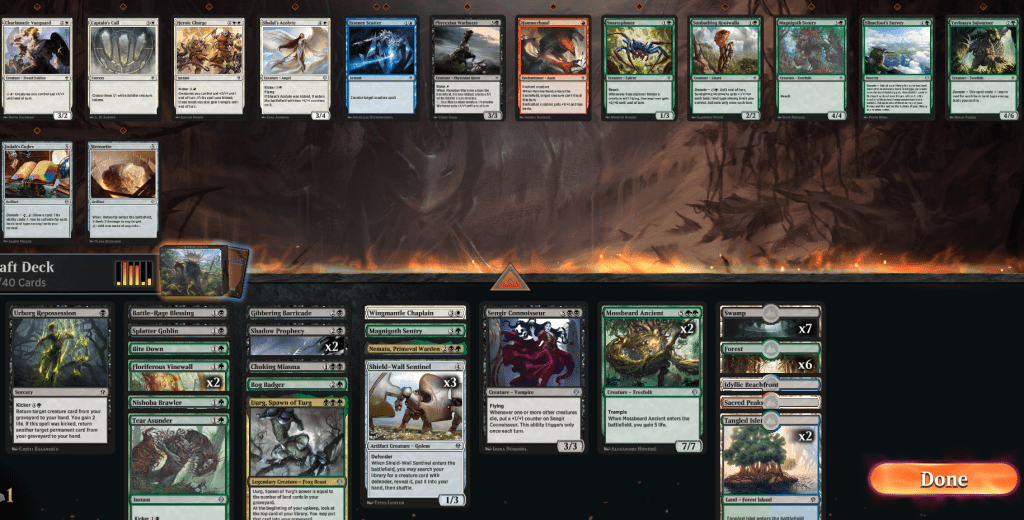
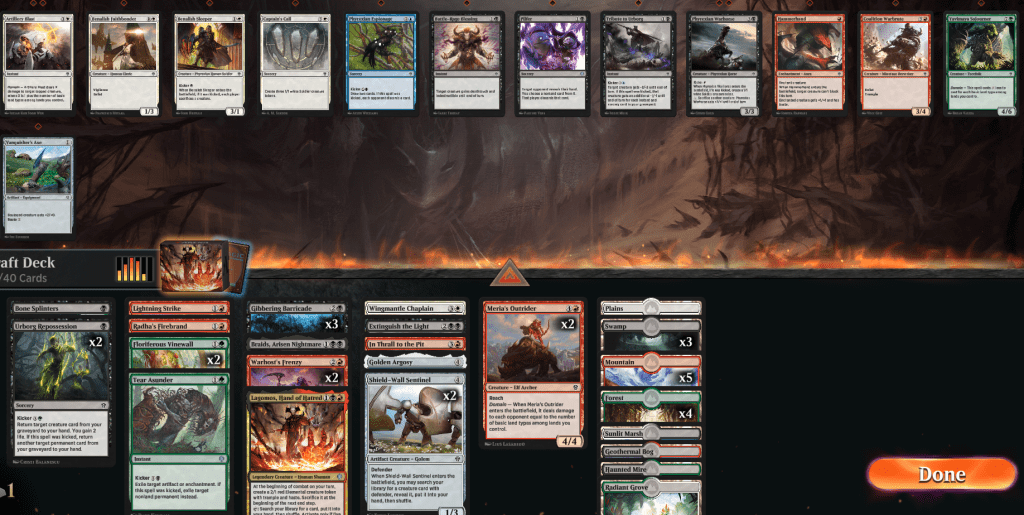
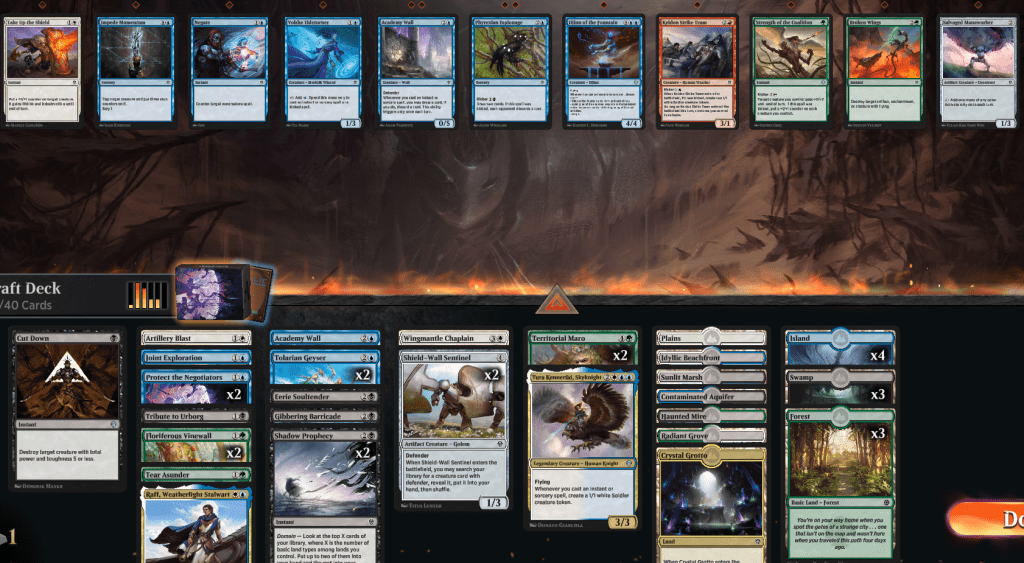
Scenario 2: You Don’t Have Wingmantle Chaplain
So what about when you don’t have Wingmantle Chaplain? Should you do anything to prepare for the possibility that you might not see it?



Kind of. Floriferous Vinewall, Gibbering Barricade, and Academy Wall are all reasonable cards to play in decks that don’t specifically care about your creatures with defender, and you can take all of them a little bit more highly throughout the first pack or two. They offer extra implied percentage if you happen to see a Chaplain. You shouldn’t don’t go out of your way to take them, but they’re cards with a slightly higher upside so you can sometimes take them over cards that might be comparably good for your current deck.

You can also take Shield-Wall Sentinel over any kind of borderline playable card if you’re drafting a slower deck that would be happy to pivot to Chaplain if the opportunity comes up. The key is to only make these kinds of picks in spots where there’s a low opportunity cost. You don’t want to risk derailing your deck and ending up with a trainwreck, but you also want to position yourself to take advantage of opportunities that present themselves.
The Colors



You can generally expect your Wingmantle Chaplain decks to be base green and black. Green to fix your mana, and black for Urborg Repossession and Eerie Soultender to maximize your ability to make sure Chaplain never stays dead.
Expect to splash white because there aren’t a lot of white cards to prioritize outside of Chaplain. Blue is nice to have but not necessary, and red is an acceptable splash for removal and domain cards but is still best avoided if you can get comparable removal in other colors.
It’s possible to include Chaplain in more regular 2-color decks with a small defender package, but I don’t think those decks take best advantage of the card. It’s also kind of an afterthought in those decks, so the “how to draft” them guide would basically just be “draft as normal but try to avoid cards that cost four mana so that you can play Shield-Wall Sentinels instead.”
Tip for Playing Wingmantle Chaplain Decks
- Try to keep as many defenders in play as possible. Each defender represents multiple extra future birds if you’re going to cast Wingmantle Chaplain multiple times.
- You generally want to get Shield-Wall Sentinel first if you have multiples and you cast one to find another Sentinel or Chaplain, as long as you’re not under a lot of pressure. But if your hand already has a lot of things you want to spend mana on and you have enough defenders that the Chaplain will be high impact, just go for that. Also get the Chaplain if you need your birds in a hurry.
- If you have graveyard recursion, you’ll often want to chump block with your Chaplain to get it into the graveyard so you can get it back if you don’t have a way to sacrifice it.
- Be sure to check what you’re putting on the bottom with Floriferous Vinewall if you might be casting several, because you might be able to control when you draw to key cards. This is much more true late in the game, since early you’ll often just end up shuffling before you get to them.
- You can use your life total as a resource to keep your defenders in play, and Chaplain can stabilize a board very quickly. Just be careful to stay out of trample and Meira's Outrider’s range if you suspect your opponent has that kind of thing.
- Think carefully about whether you want to chump block with a bird or trade with several birds when a creature is attacking you. Also think about how many extra birds you want to block with. One extra plays around a removal spell, but you might want to throw away an extra bird if they have a pump spell. Blocking with a lot of birds can play around a pump spell, but it might not be worth it. You generally want to block with exactly enough if a creature has more power than toughness, one extra if the creature has equal power and toughness, and several extras if a creature has less power than toughness, but those guidelines are very flexible.
Wrap Up
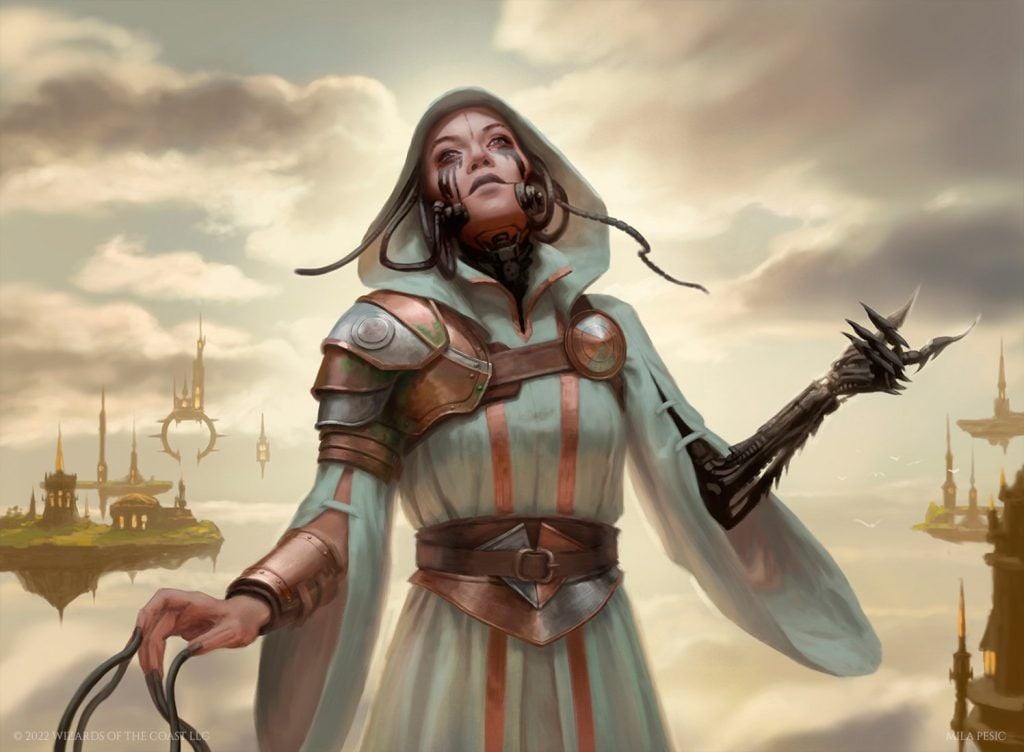
Phyrexian Missionary (Dominaria United) | Illustation by Mila Pesic
I was worried that Wingmantle Chaplain would dominate too many games and turn players off early on in the format. I don’t think it plays quite like that in practice.
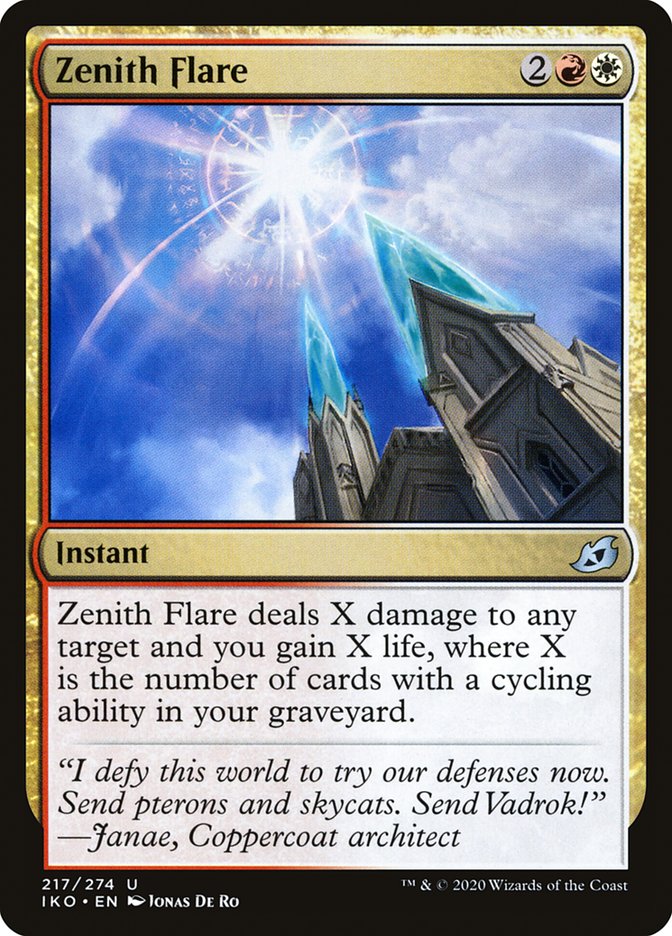
While the Chaplain is a stronger card than Zenith Flare in Ikoria, the Flare lead to a point where the format was dominated by cycling decks. But that was largely able to happen because those decks didn’t need it. But defender decks are bad without Chaplain and you won’t face defender decks that often, so I don’t feel like it warps the entire format too much. Still, it will probably warp the drafts where you do have it.
Editor's note: if you’re planning drafting defenders on MTGA, make sure you’ve got Draftsim's tracker and assistant Arena Tutor to help guide your picks and to give you incredible stats and insights for your matches. It's free, so you've got nothing to lose.
Follow Draftsim for awesome articles and set updates: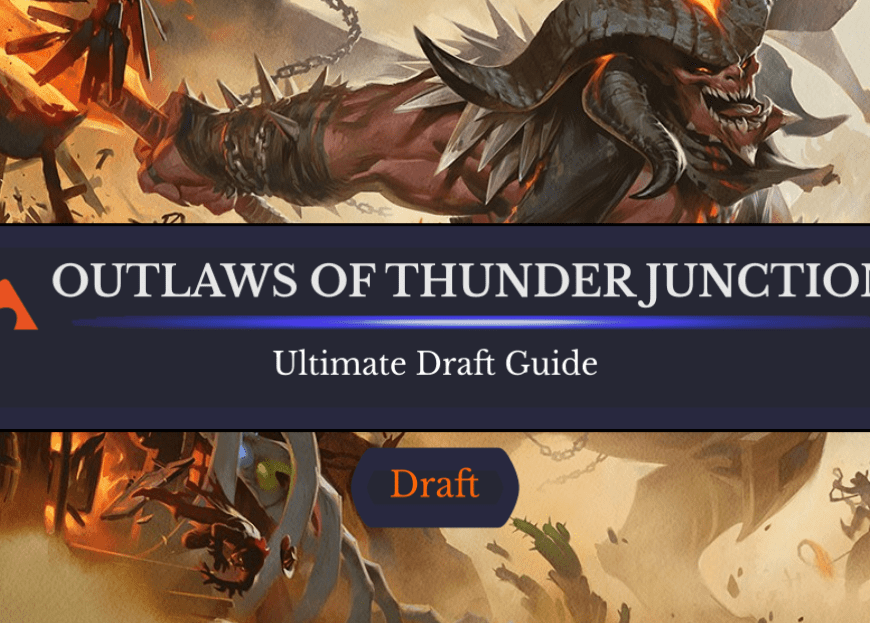
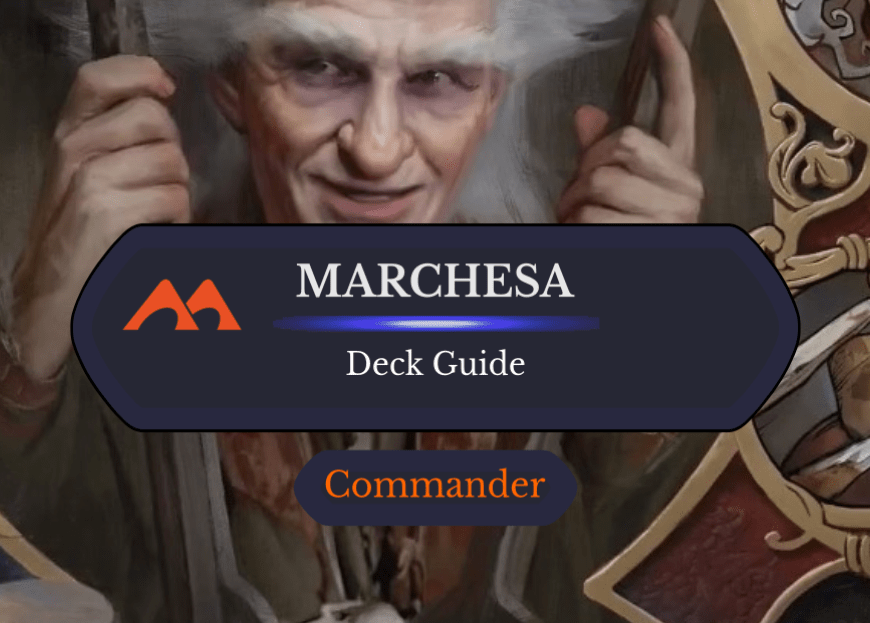
Add Comment